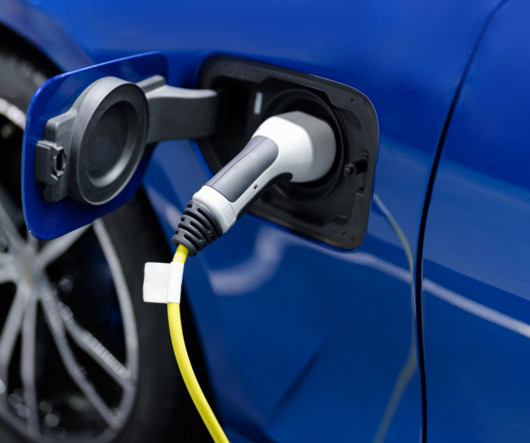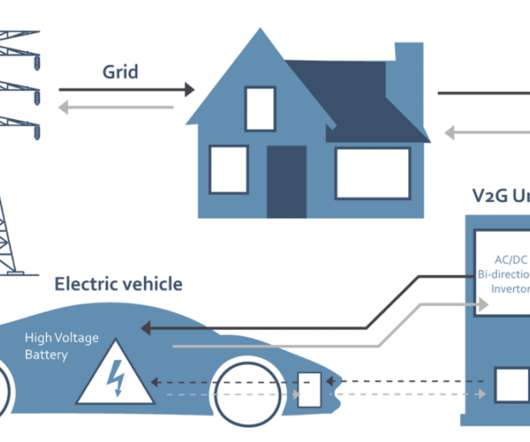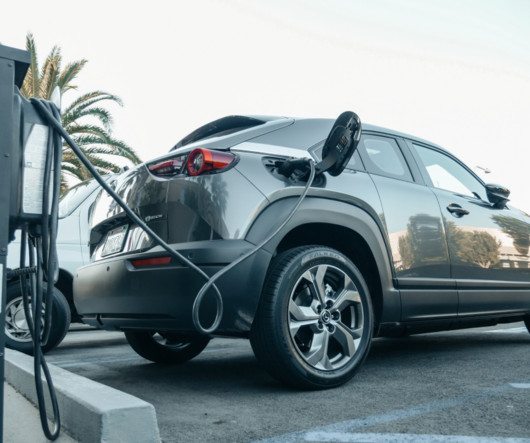RESPONSE TO CLIMATE CHANGE COMMISSION: Drive Electric’s advice on the second draft of the Emissions Reduction Plan (2026-2030)
Drive Electric
JUNE 19, 2023
Table 1: Chapter 9 Energy and Industry Table 2: Chapter 11 Transport Table 3: Climate Change Commission Recommendations Table 4: Drive Electrics Summary Recommendations Part B: Detailed response Introduction New Zealand is on the cusp of the biggest transformation in transport in over a century. This will only intensify. 2 Transport).










Let's personalize your content